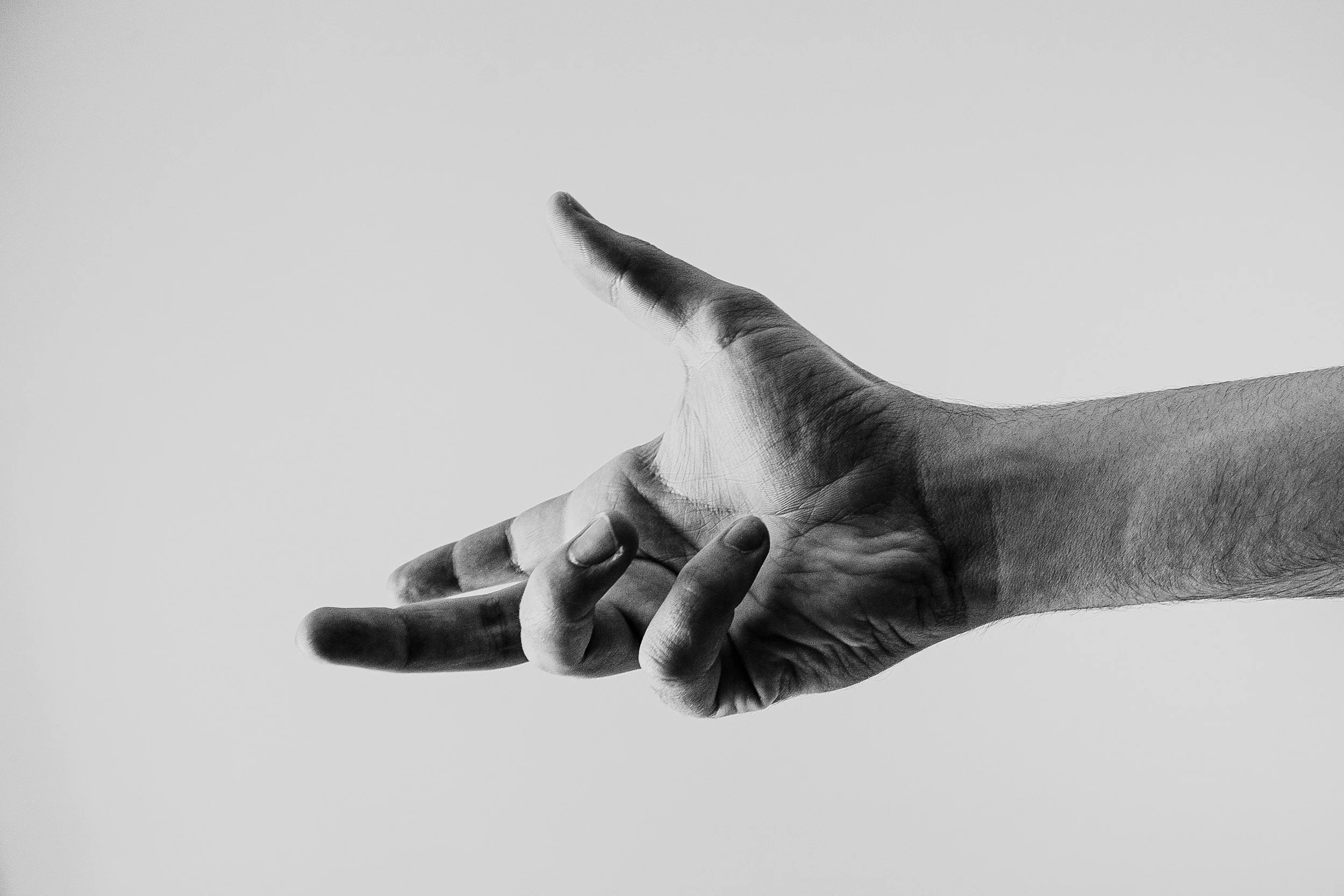That connection is the way out…
I love film.
I love it for many reasons. There is a young part of me that remembers the anticipation surrounding family movie nights in our little home on Chokecherry Drive. We get blankets and popcorn and a vhs rolling and the world of storytelling opens up like magic. If only Robert Louis Stevenson could see his masterpiece of Treasure Island conveyed through the medium of the Muppets.
I would love to see his face when a ship filled with pinball-shaped fuzzy rat tourists break into song mid-voyage about cabin fever and the need for another mai-tai. It’s peak storytelling.
Another reason is that there is so much conveyed through all of the non-verbals, which for someone like me was such a relief to the subtleties of real life. I took a course on film in my undergrad, actually a couple of courses, and we spent some time on the concept of “codes”.
There are hundreds of non-verbal codes used to prime the audience and help tell the story. Everything can be involved, from the movement of the vehicles (left to right across the screen often conveys moving into the future, while right to left conveys moving backwards) to the changing color palettes in different locations (we often use fall back on something Shakespeare created called “the green world” where characters need to leave the city and experience the vibrancy and clarity of nature to learn)... to the actors themselves.
I love trying to piece together a film's direction based off of the codes and hints in the script, which probably connects to my passion for being a therapist. Let’s not get too excited here.
Another part of me loves film because of the potential to live another life and learn the lessons right alongside the cast. I can bleed with Maximus, run with Forrest, have my heart broken with Seb in La La Land, step into suffering with Louise in Arrival, and learn to embrace pain and grit with Ashitaka in Princess Mononoke.
Well, that should give some context. Time to bring us into the present. The four most recent films and shows that I have watched have been repeating themes and I needed to sit with it. For those that are curious, they have been Loki season two, Palm Springs, K-Pop Demon Hunters, and Thunderbolts. (For the record I had no intention of publicly sharing this list and welcoming opinion or judgement - I have eclectic taste and would not necessarily recommend the above films for family movie night)
Wondering about the themes between these? I wasn’t. At first.
In each of these the protagonist(s) wrestle with patterns of self-inflicted suffering, schizophrenic breaks between what is real and what is true, the weight of family legacy and personal identity, loss… because it’s difficult to write a compelling story without it, and that connection is the way out. Whew. What a list, huh?
Maybe these themes just resonated with the themes in my own life right now (ok, I know they certainly do) but between all the different writers, directors, editors, and actors across these films I believe there is a deeper truth that was being tapped into.
If a director were to tell your story, how much of the pain and heartache would honestly fit the definition of self-inflicted? How much has each of us struggled to escape the trap of the matrix and discover deeper, truer, more orienting ways of interpreting our lives? We all must contend with the weight of our mother and father, for the good and the bad.
The reason every compelling story has loss is because every human story has it in spades… and without it in a story we just don’t connect, or care.
What about connection?
For Loki, he played the role of villain over and over again, often faking his own death to get a clean start until he could fake it no more. Through the magic of time travel and the multiverse he is able to face the man, and woman, in the mirror in a dozen different ways. As he builds relationships and fights for survival he eventually arrives at a new ending: that there is no greater love than to lay down your life for your friends. Connection proved the way out of the loop of a short and selfish life.
The same is is true for the central characters of the other films. Time and time again it is love, a refusal to abandon each other, vulnerability, and true connection that frees them from the pain, the isolation, the death of their isolated and heavy stories.
Art mimics life. Connection with one another, genuine, safe connection, is one of the key doorways out of isolation and the pain of our stories. Where will we risk it?
“It is not good for man to be alone…” Genesis 2:18


